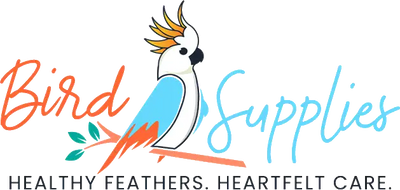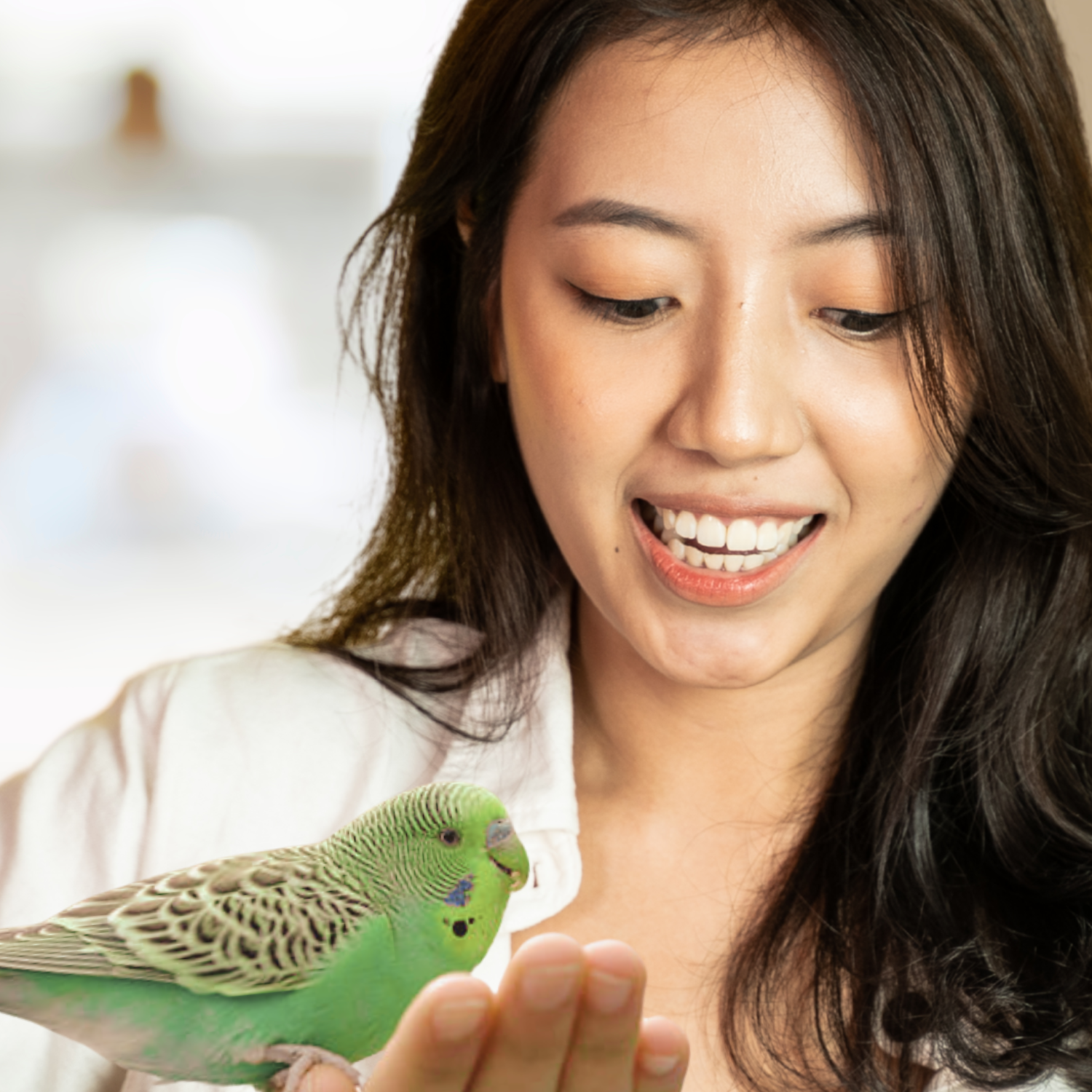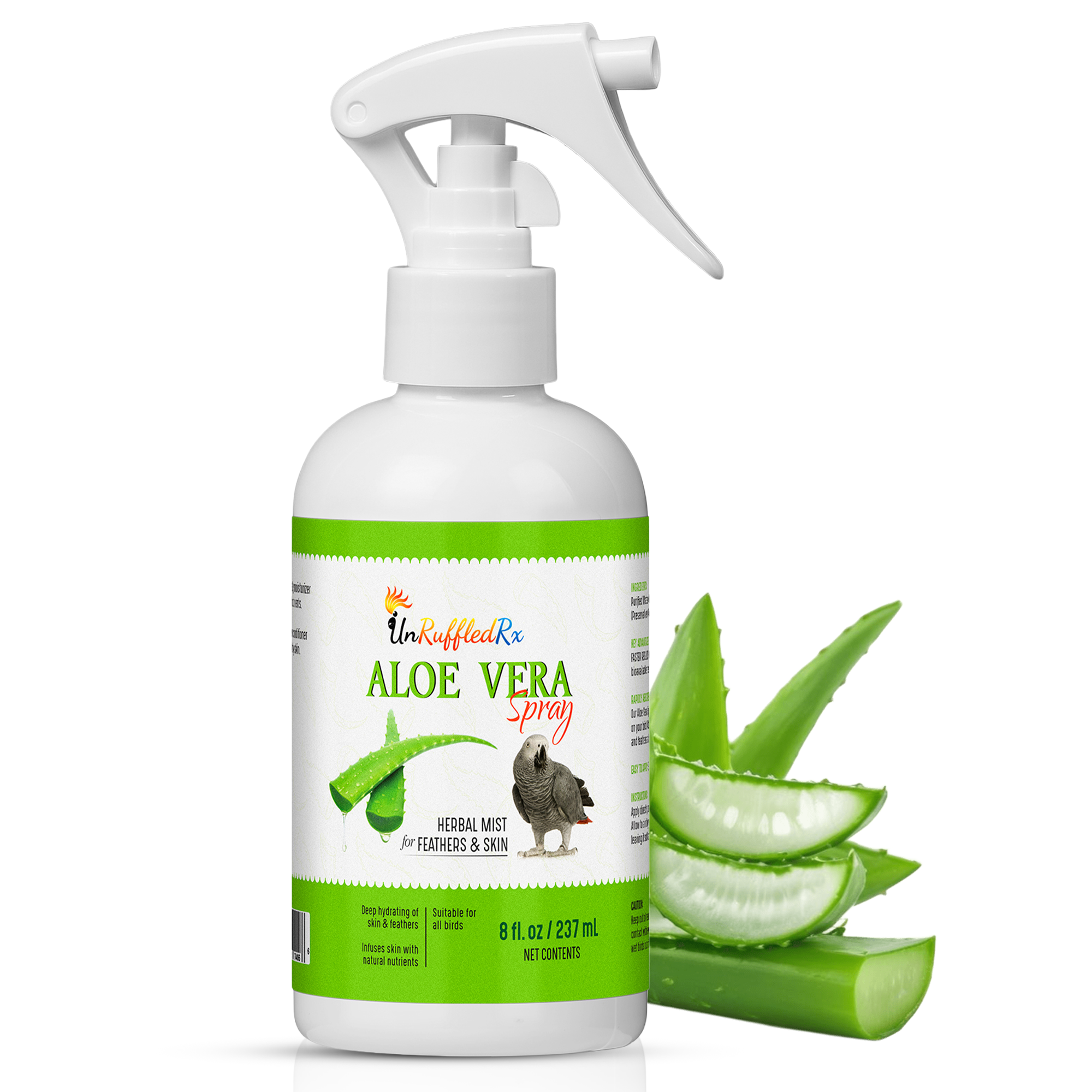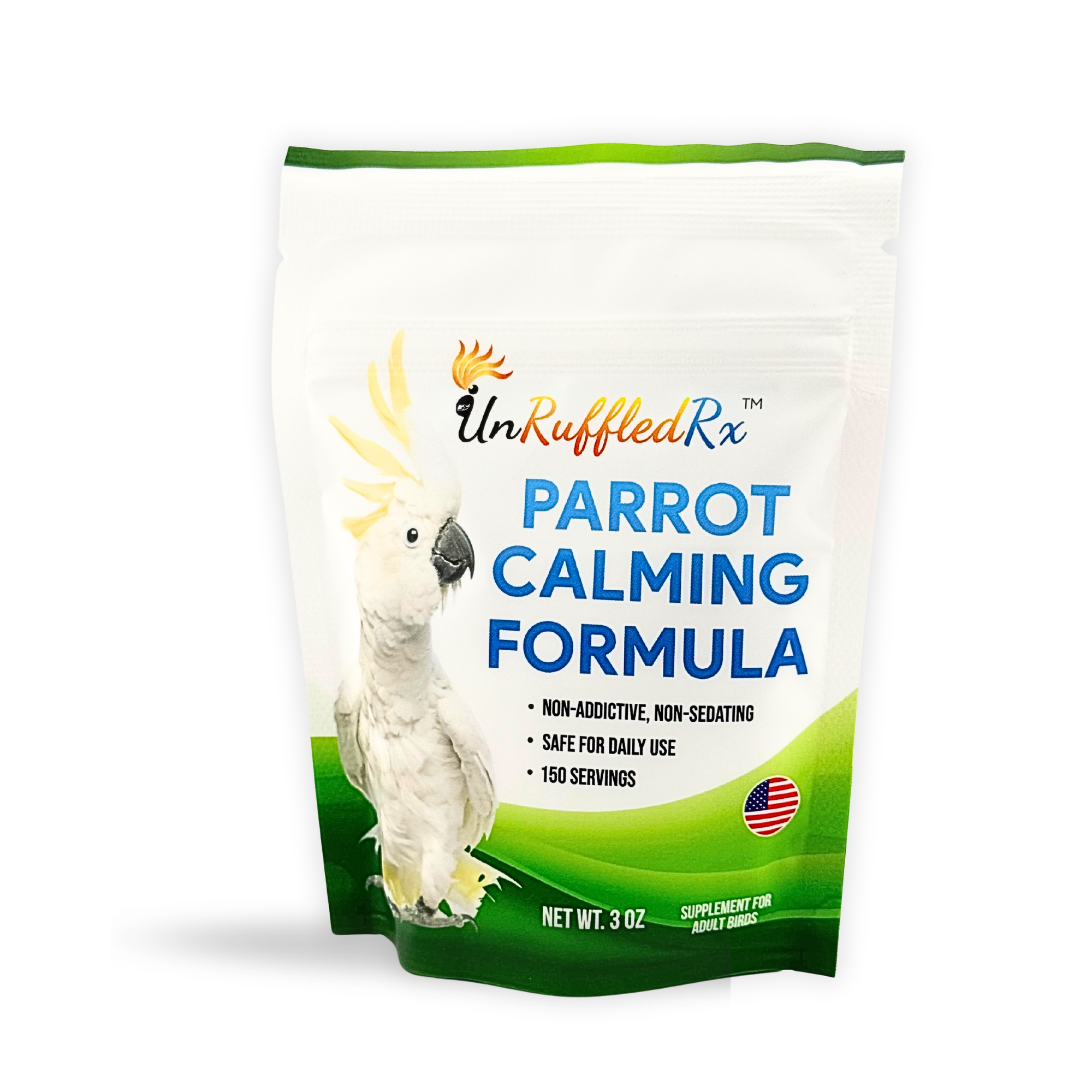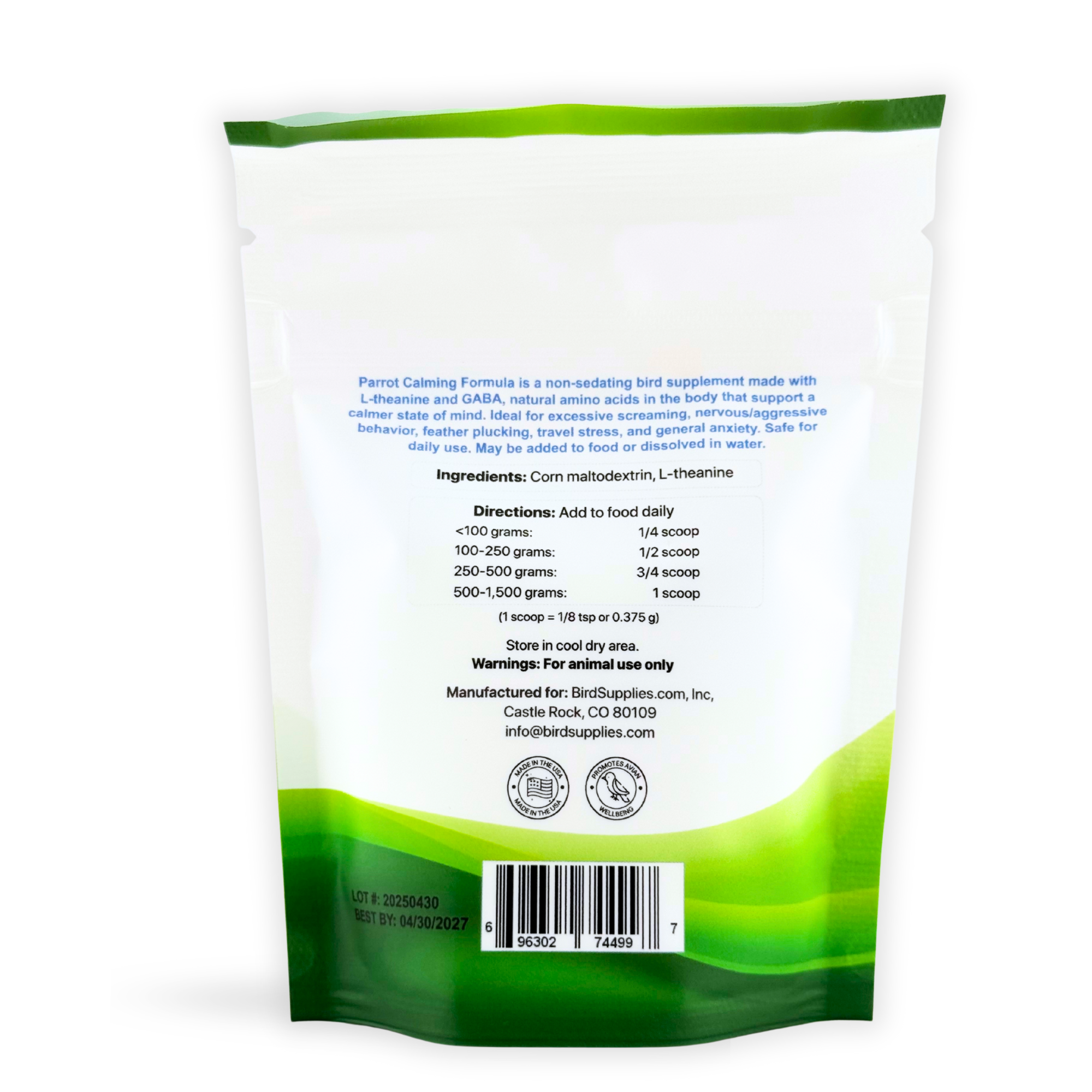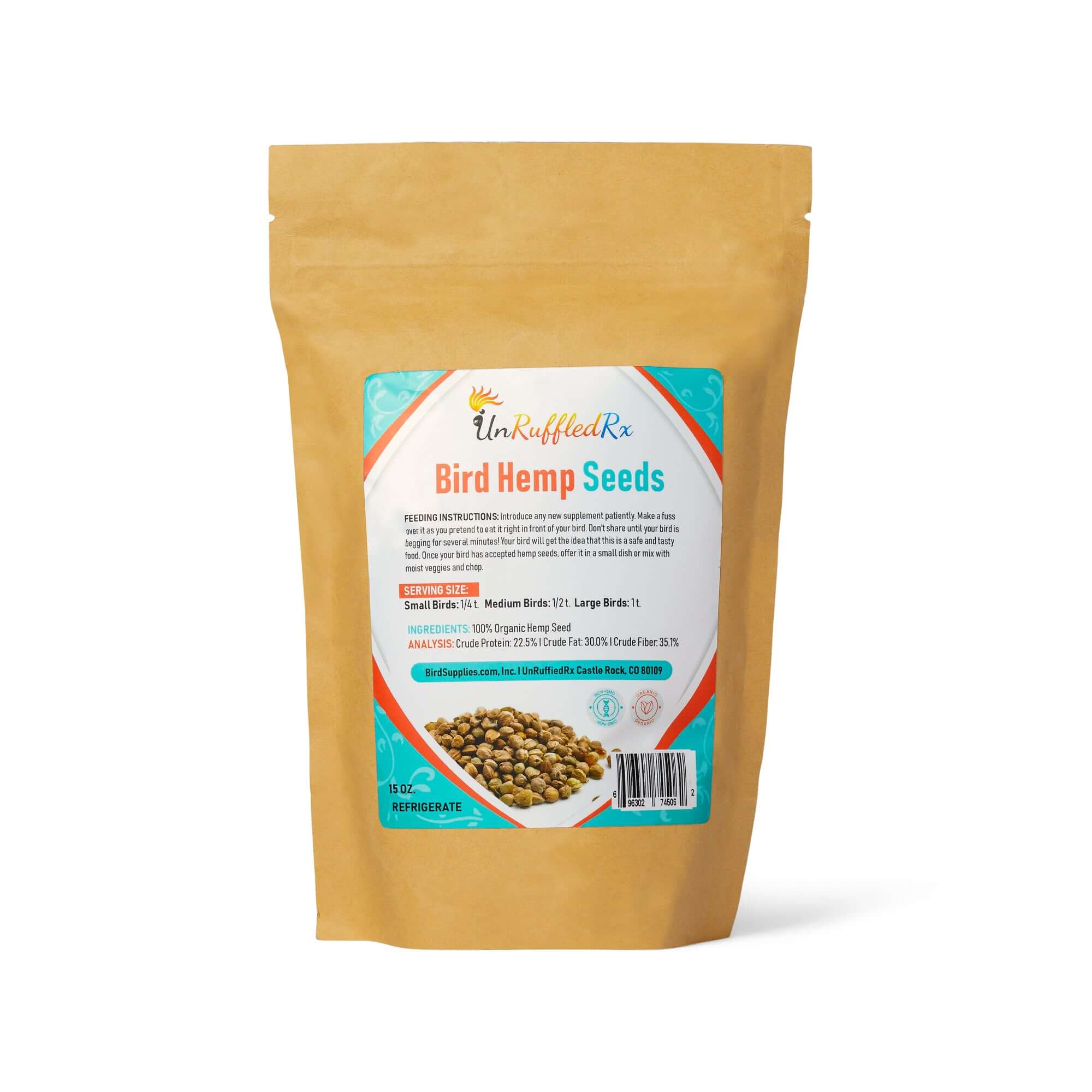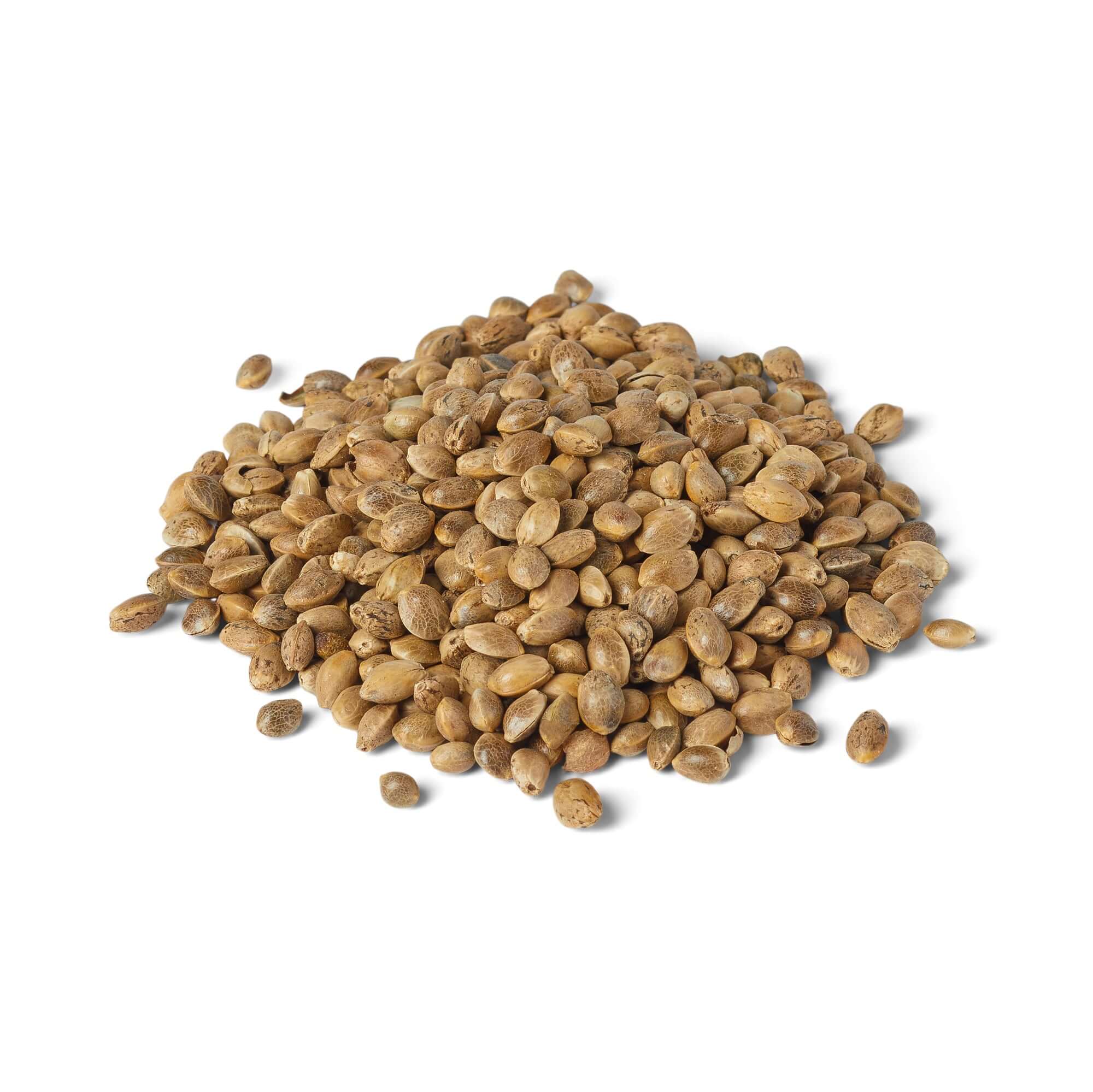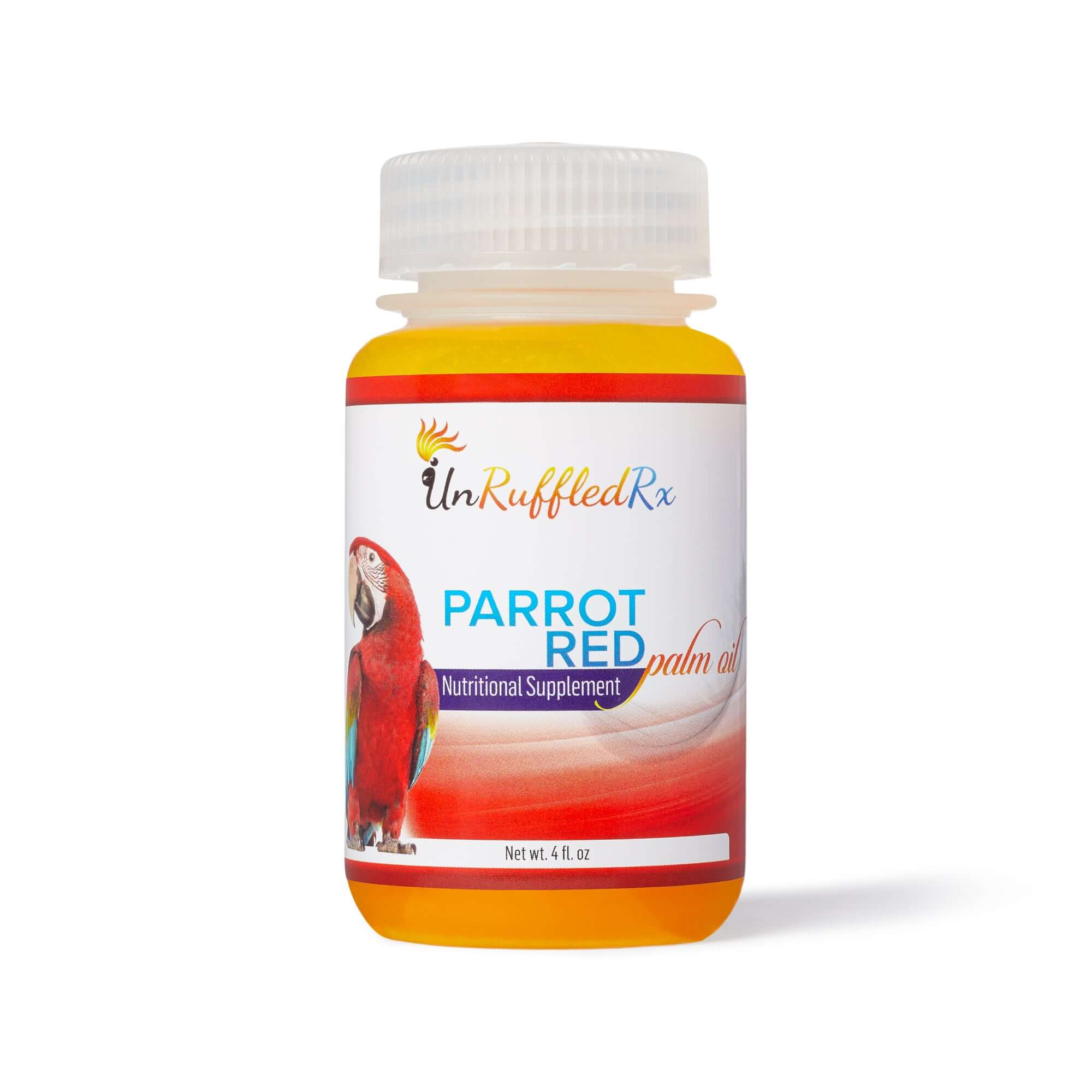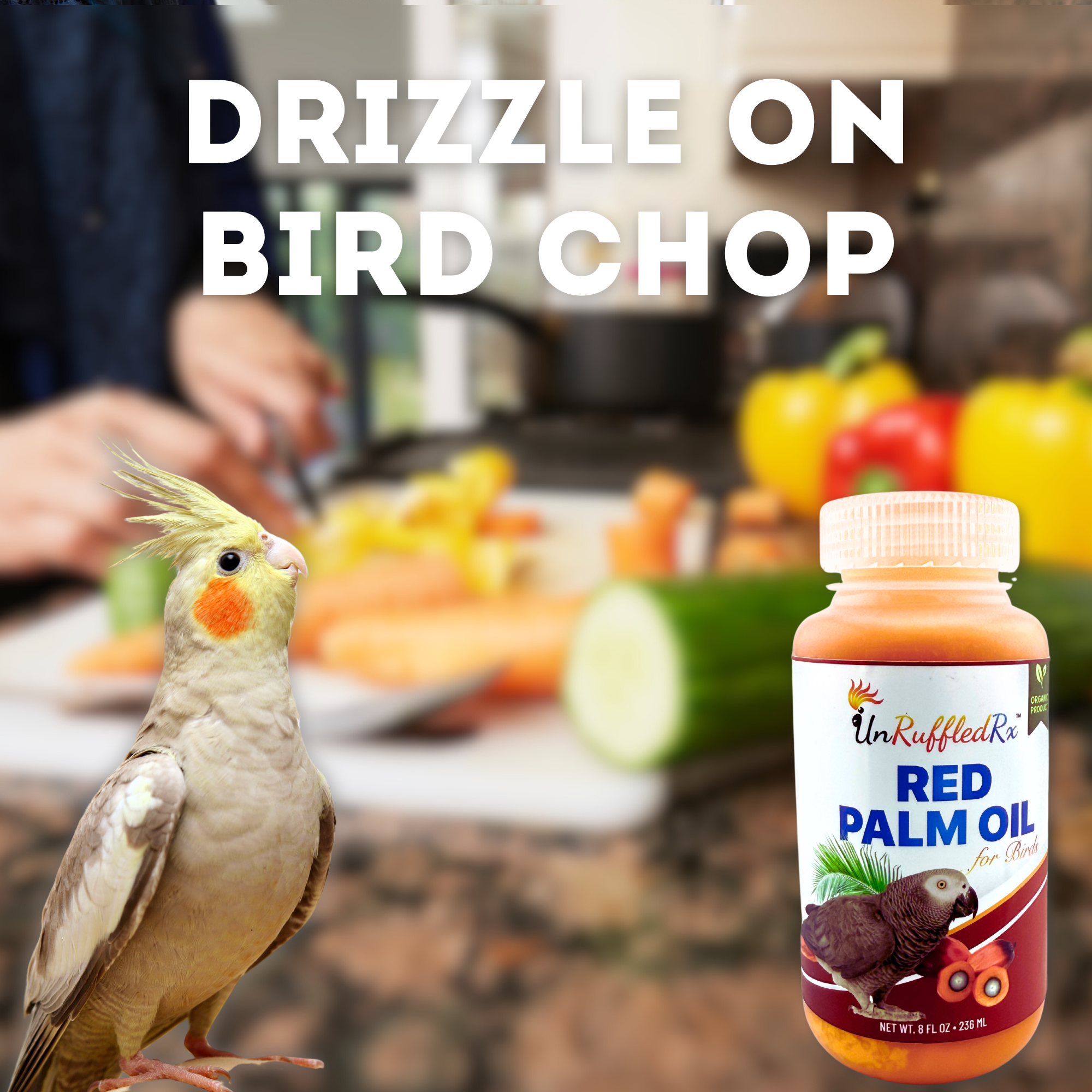- Why Healthy Treats Matter for Pet Birds
- What Makes a Good Bird Treat?
- Training with Treats: How Birds Learn
- Target Training & Positive Reinforcement
- Top 9 Healthy Treats (With Uses & Tips)
- Special Section: Treats for Feather Plucking Birds
- Common Bird Health Issues Linked to Diet
- Take Our Treat Quiz!
- Wrap-Up: Build a Happier, Healthier Bird
Bird treats aren’t just about spoiling your feathered friend—they’re a powerful tool for training, bonding, and even boosting your bird’s health. Whether you’re working on trust-building or just want to add more variety to their diet, choosing the right treats can make a big difference.
In this post, we’re breaking down the top healthy bird treats by their wellness benefits—like feather growth, liver support, and senior bird care. You’ll also learn which common snacks to skip, how to train smarter with treats, and even test your skills with our fun quiz. Let’s find the perfect snack that gets your bird flapping with joy and supports their long-term health.
Why Healthy Treats Matter for Pet Birds
Safe and bird-friendly ingredients
The best treats for birds are simple, natural, and packed with real nutrition. A good rule of thumb? If it grows from the ground and hasn’t been overly processed, it’s likely a solid choice.
Plant-based options like dried greens, flowers, and seeds can gently support your bird’s health while adding variety to their diet. These kinds of treats do more than just taste good—they help provide important nutrients that support feather condition, digestion, and overall vitality.
That’s why many bird owners are turning to more natural treats, like herbal blends or sprouted seeds, to round out their bird’s daily intake. They’re not just snacks—they’re a small but meaningful way to support wellness.
Avoid these treat mistakes
It's easy to assume that if a bird likes a certain food, it must be okay—but that’s not always the case. Many store-bought or human foods are loaded with salt, sugar, or preservatives that can stress your bird’s system over time.
Some common pitfalls include crackers, sweetened cereals, and artificially colored treats. These might seem harmless in small amounts, but over time they can throw off a bird’s delicate nutritional balance. When choosing treats, think fresh, simple, and free from additives.
Treat or Trash checklist
If you’re not sure where to start, try using a simple “treat or trash” filter:
- Can you identify all the ingredients?
- Might this exist in your bird’s natural environment?
- Does it support health—or just appeal to taste?
What Makes a Good Bird Treat?
Safe and bird-friendly ingredients
Birds thrive on variety, but not all treats are created equal. A good treat should be made from clean, whole ingredients that support your bird’s health—not just something tasty to nibble on.
Look for plant-based options like leafy greens, seeds, and dried herbs. These can add texture, flavor, and nutrients to your bird’s day without throwing off their balanced diet. Treats like these work double duty: they feel fun, but they also nourish from the inside out.
Avoid these treat mistakes
Even with good intentions, it’s easy to grab the wrong kind of snack. Processed foods made for humans—think crackers, chips, or sugary cereal—may be convenient, but they often contain ingredients that birds can’t process well.
Over time, salt, artificial dyes, preservatives, and added sugars can contribute to health problems like fatty liver disease, obesity, or chronic inflammation. Treats should never replace balanced meals—and they definitely shouldn’t be colorful, crunchy junk food.
Keep It Simple (And Clean)
A great treat doesn’t need to be fancy. In fact, the simpler, the better. If it only has one ingredient and that ingredient is something you recognize from nature (like “dandelion leaf” or “chia seed”), you’re probably on the right track.
Steamed sweet potato chunks, tiny bits of fresh fruit, or a sprinkle of dried greens over their chop—these kinds of treats feel special to your bird and support their health at the same time. Less is more when it comes to feeding a body that’s built for the wild.
Training with Treats: How Birds Learn
Understanding motivation
Birds are incredibly smart—and just like us, they’re more likely to repeat a behavior if there’s a reward involved. In most cases, that reward is a tasty, well-loved treat. When you quickly reinforce behaviors like stepping up, flying to a perch, or even dancing to Jelly Roll, you're using positive reinforcement. And, yep—it really works.
Using treats during training does more than just teach new tricks. It also helps build trust and strengthen your bond. You’re encouraging good behavior and offering a small nutritional boost at the same time. Two wins in one go.
That said, not all treats are created equal. Some are unhealthy fillers that can sneak in too much sugar, salt, or fat—while others are healthy "jackpot treats" that your bird will work hard to earn. Save those high-value rewards for training sessions to keep your bird focused, motivated, and eager to learn.
Timing is everything
While timing still matters, clicker training gives you some flexibility. The click marks the exact behavior you want to reinforce, letting your bird know, “Nice job—a treat is coming,” even if the reward arrives 10–15 seconds later. That’s why keeping bite-sized, easy-to-grab treats in a pouch is so helpful. You’ll stay ready to reward quickly, reduce frustration, and help your bird make clearer connections during training.
The sweet spot is treating within 1–3 seconds of the action. That’s why carrying bite-sized, easy-to-grab treats in a treat pouch is a great approach. Keep a few handy during your session so you can reinforce the behavior right when it happens. Over time, this helps your bird learn faster and with less frustration.
Free Printable: Bird Treat Tracker
Want to know what really motivates your bird? Try using our free Bird Treat Tracker. It helps you log which treats your bird loves most, what works for training, and when you’ve gone a little overboard (hey, it happens!).
This is a great tool for identifying your bird’s “jackpot” treats—the ones you can save for big wins or new behaviors. Bonus: It helps you stay mindful of how treats affect your bird’s overall diet and behavior.
📥 Download it once, keep it on the fridge for quick reference.
Target Training & Positive Reinforcement
What is target training?
Target training is one of the easiest ways to teach your bird new skills and boost confidence. You simply teach your bird to touch a specific object—like the tip of a chopstick or a wooden dowel—with their beak.
This simple behavior becomes the foundation for more complex tricks, like stationing, stepping up, or flying to a perch. It’s a fun, gentle way to build trust and get your bird thinking. The best part? It turns training into a game instead of a chore.
Best treats for behavior training
When it comes to positive reinforcement, the treat you choose makes a huge difference. Small and quick-to-eat treats are ideal—nothing too messy or time-consuming.
Think: tiny pieces of shelled hemp seed, a flake of coconut, or a pinch of dried greens. If your bird has a favorite snack they go wild for, save it just for training time. That way, they’ll stay focused and eager to learn.
Make Training Part of Your Daily Bonding Time
You don’t need fancy gear to start target training. A wooden skewer, a calm voice, and a few good treats are often all it takes. The real magic is in your consistency and connection.
Even five minutes a day can help your bird feel more confident and secure. You’ll notice fewer problem behaviors and more curiosity, playfulness, and trust. And that’s a win-win for everyone. So remember, treats aren't just about showing your bird love, they're about bird enrichment and bonding with your pet.
Top 9 Healthy Treats for Birds (Organized by Wellness Goal)
✔️ For Feather Pluckers
Diced Papaya – Vitamin A for Feather Growth
Papaya is loaded with beta-carotene, a precursor to vitamin A, which helps repair damaged skin and promotes healthy new feather growth. It's soft, easy to digest, and a great pick for pluckers.
✔️ Use: Offer a few fresh tiny cubes or a dried, bird-safe product.
🌿 Try instead: Avian Naturals Bird Greens – packed with skin-soothing greens and herbs.
Sweet Potato – Anti-inflammatory Root Veggie
This bright orange veggie is another beta-carotene superstar. It supports healthy skin, feathers, and eye health. Plus, it’s gentle on the digestive tract and full of fiber.
✔️ Use: Steam and cube it, or mash into daily chop.
🌿 Try instead: Omega Glow – our vitamin-rich, anti-inflammatory topper made for feather wellness.
Cooked Beans – Protein for Regrowth
Feather regrowth demands protein, and cooked legumes are a great plant-based option. Lentils, black beans, and mung beans all support rebuilding tissue and maintaining energy during the molt or healing phase.
✔️ Use: Mix into warm chop meals 2–3x per week.
✔️ For Senior Birds
Grapes – Gentle Fiber and Enrichment
Easy to chew and full of water and fiber, grapes are a good treat for older birds with slower digestion. Just a few slices provide hydration and a tasty distraction.
✔️ Use: Quarter and hand-feed or hide in a foraging cup.
⚠️ Limit to 1–2 pieces daily due to natural sugars.
Pine Nuts (use sparingly) – Healthy Fats for Absorption
Older birds may need more help absorbing fat-soluble vitamins. Pine nuts offer healthy fats that support vitamin A and D usage and give aging birds a boost of slow-burning energy.
✔️ Use: 1–2 in-shell nuts per session, hidden in toys or foraging dishes.
🌿 Pro tip: Mix in Avian Naturals Chop Toppers for an healthy, tasty boost.
Hemp Seed – Whole Grain Energy Source
This soft grain is easy on the gut, great for blood sugar regulation, and adds natural fiber. It’s perfect for senior birds who don’t tolerate harder grains well anymore.
✔️ Use: Cook, cool, and freeze in weekly portions for easy mix-ins.
✔️ For Birds Prone to Fatty Liver Disease
Raw Pepitas (Pumpkin Seeds) – Zinc Support Without Overdoing Fat
Pepitas provide a small amount of healthy fat, plus zinc, which is essential for metabolic health. Just a sprinkle can support immune function without tipping into fat overload.
✔️ Use: 1–2 seeds as a reward, or mix into low-fat chop.
Cherries – Natural Uric Acid Support
Fresh cherries (always pitted!) contain compounds that may help reduce inflammation and support kidney function. They’re helpful for birds who are prone to gout or fat buildup in organs.
✔️ Use: Seasonal treat, one or two pieces max. Always remove the pit.
Oranges – Occasional Hydration Boost
While not for daily use, a small amount of freshly squeezed orange juice can lightly acidify the gut and offer vitamin C. This may be helpful in moderation for birds with sluggish digestion or liver support needs.
✔️ Use: A few drops over chop—no pith, seeds, or zest.
Common Bird Health Issues Linked to Diet
Signs your bird’s diet may be off
Birds are masters at hiding discomfort, so when diet-related problems finally show up, they’re often way more serious than they seem. Some early red flags? Flaky skin, dull feathers, weight gain or loss, constant scratching, and reduced activity or vocalization.
If your bird seems “off” and there’s no obvious stressor, it may be time to look at what’s in their bowl or their treat offerings. Many birds eat the same handful of foods over and over—which can lead to imbalances or even nutrient deficiencies.
Feather damage, obesity, and poor immunity
Vitamin A deficiency is one of the most common nutritional problems in pet birds - even for those on pellets. It shows up as poor feather quality, chronic sinus issues, and higher susceptibility to infection. Too much fat, especially from seeds or oily treats, can lead to obesity and fatty liver disease.
Meanwhile, birds on limited diets may lack the antioxidants, vitamins, and minerals needed to maintain a strong immune system. That means they’re slower to recover from illness or more prone to stress-related plucking, picking, and pacing.
Quiz: Test Your Knowledge!
Quiz: How Smart Are Your Bird Treat Choices?
In closing...
Now that you know how the right bird treats can improve behavior, boost health, and strengthen your bond—it’s time to put that knowledge to work.
Our Avian Naturals treats and new Tweet Treats freeze-dried meal toppers are clean, wholesome, and made for real results.
Whether you're clicker training, reinforcing good behavior, or just showing love, these safe bird treats deliver nutrients and motivation. They’re flock-tested favorites—perfect for picky eaters, feather pluckers, and training breakthroughs. 🖤
Your bird deserves more than filler snacks. Give them treats that do more.
👉 Explore our full collection of Avian Naturals + Tweet Treats™ today.
Related Posts:
Clicker Training for Birds: Your All-In-One Bird Training Guide
3 Homemade Treats Your Bird Will Love This Summer
Parrot Behavior Training: Your Top 9 Questions Answered
What to Feed a Bird: The Bird Food Pyramid
References:
AAV.org. (n.d.). Transitioning pet parrots away from a seed diet. Retrieved from https://cdn.ymaws.com/www.aav.org/resource/collection/AE20E93E-0F61-4C20-AB88-E237BD795B43/AAV_Transitioning_Diet_final.pdf
Australia Zoo. (n.d.). Eclectus Parrot. Australia Zoo Wildlife Warriors. Retrieved from https://australiazoo.com.au/wildlife/our-animals/eclectus-parrot/
Bingham, B. (n.d.). Healthy avian diets by Dr. Scott Echols. Harmony Animal Behavior. Retrieved from https://www.harmonyanimalbehavior.com/healthy-avian-diets-by-dr-scott-echols
Cummings, A. M., Hess, L. R., Spielvogel, C. F., & Kottwitz, J. J. (2022). An evaluation of three diet conversion methods in psittacine birds converting from seed-based diets to pelleted diets. Journal of Avian Medicine and Surgery, 36(2), 145–152. https://doi.org/10.1647/21-00025
Ford, S. (n.d.). Balancing your parrot's lifestyle. North Central Animal Hospital. Retrieved from https://northcentralanimalhospital.com/uploads/SiteAssets/762/files/forms/managing-your-parrots-lifestyle.pdf
Schwarz, D. (2021, February 22). What can African grey parrots eat? ExoticDirect.co.uk. Retrieved from https://www.exoticdirect.co.uk/news/what-can-african-grey-parrots-eat
Stahl, S., & Kronfeldt, D. (1998). Veterinary nutrition of large psittacines. Seminars in Avian and Exotic Medicine.
Link to this blog
Burroughs, D. (2025, June 8). 9 healthy bird treats that your bird will go nuts over. BirdSupplies.com. https://birdsupplies.com/blogs/news/9-healthy-bird-treats-that-your-bird-will-go-nuts-over
Diane Burroughs, LCSW, brings over 30 years of experience helping bird lovers build stronger, healthier bonds with their parrots. With a foundation in psychotherapy and Applied Behavior Analysis (ABA), Diane combines proven behavioral science with simple, real-life strategies anyone can use. Through her books, behavior consultations, and UnRuffledRx parrot wellness products, she’s dedicated to helping real bird owners create trust, confidence, and a lifetime of positive experiences with their feathered companions.
Diane's products been featured in the Journal of Avian Medicine and Surgery and at ExoticsCon, a national conference for exotic animal veterinarians. Her bird collars and supplements are trusted by avian vets and stocked in vet clinics across the U.S. With thousands of individualized behavior plans under her belt, Diane’s mission is simple: to help parrots and their people thrive together.
TAGS: #BirdTreats #BirdTrainingTreats #SafeBirdTreats
SHARING IS CARING! 📣
Love what you read? Help spread the word on Facebook & Instagram 🌟
💬 Leave a comment below and let us know your thoughts!
